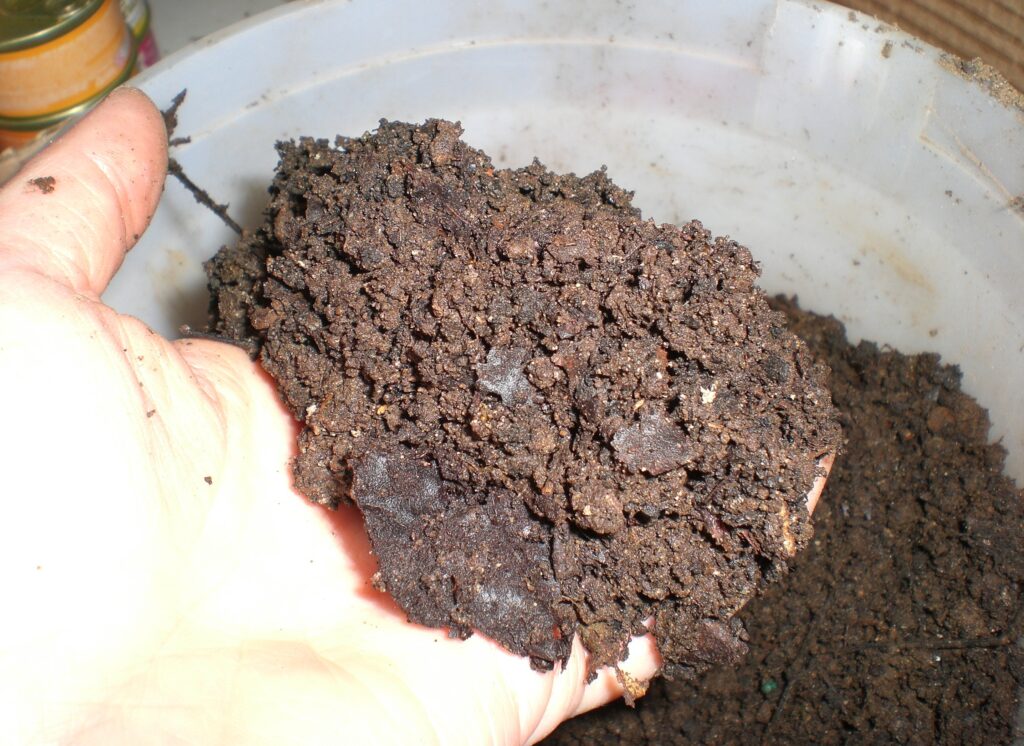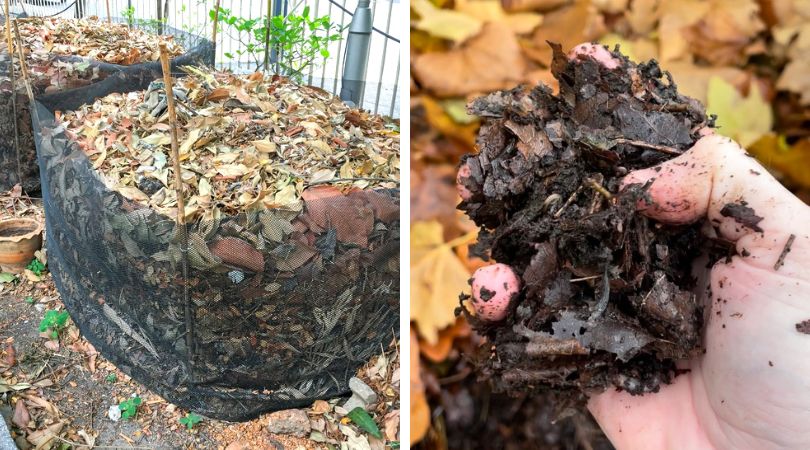At this time of year, leaves can be found practically anywhere in the garden, from the lawn to the flower beds to the corners. Don’t throw them away; rather, gather them all into a large pile, and you’ll have a rich source of organic matter for your garden.
What is Leafmold?
The term “leaf mold” refers to the dark, crumbly compost that develops after a pile of leaves has been left to rot. This decomposed material is a gardener’s dream come true because it can be used in so many different ways: as a soil amendment, as mulch, or as the basis for your own potting soil mix.
How to Collect Leaves?
Collect leaves from the lawn, the beds, the paths, the driveway, and the guttering. Avoid using leaves collected from high-traffic areas because they may contain pollutants that stunt plant development.
Rake or blow the leaves into piles, then pick them up by hand or with makeshift grabbers.
You could also use a lawn mower with a collection bag to gather the leaves for you. If you raise the cutting height of your mower, the blade will mulch the leaves as it collects them. More quickly than whole leaves, the smaller pieces will decompose into leaf mold. The bag will fill up quickly, making it cumbersome to carry, especially if the leaves are wet.
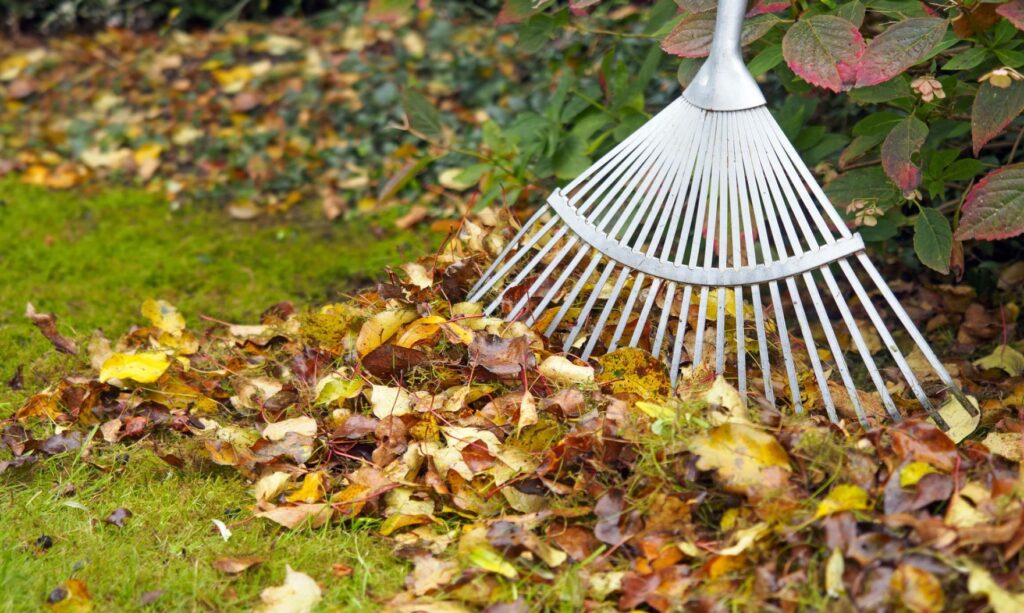
How to Make Leaf mold
Making leaf mold couldn’t be easier. To make a leaf mold cage, secure chicken wire or mesh to four corner posts dug firmly into the earth. The mesh can be secured in place with U-shaped nails or fence staples.
Place all of the leaves you’ve gathered in the cage. Because of the mesh, the leaves won’t be able to escape, but they’ll still get enough of ventilation. In a normal situation, it takes around two years for leaves to decompose into leaf mold.
Even easier, you may simply use durable plastic bags to store the leaves. Stuff the leaves all the way down into the bag and secure the top. Create holes in the bag by periodically poking it with a garden fork. Put the bags in a dark, secure place where they won’t be messed with for at least two years.
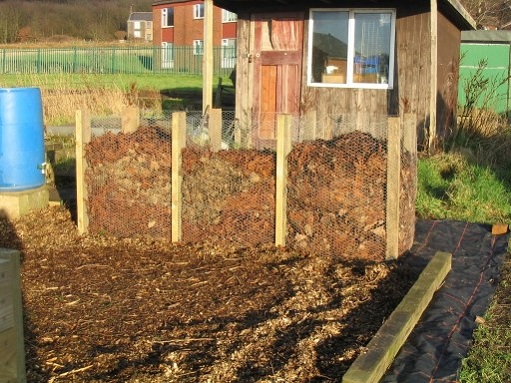
How to Use Leaf mold
Enhance soil quality
Your leaf mold will have achieved the ideal crumbly texture after two to three years. It’s fantastic for enriching your soil because it feeds the soil bacteria that promote healthy root growth, and it helps both heavy and light soils drain better and retain more moisture, respectively. Spread a thick layer over the top of the soil and fork it in gently; the worms will do the rest of the work.
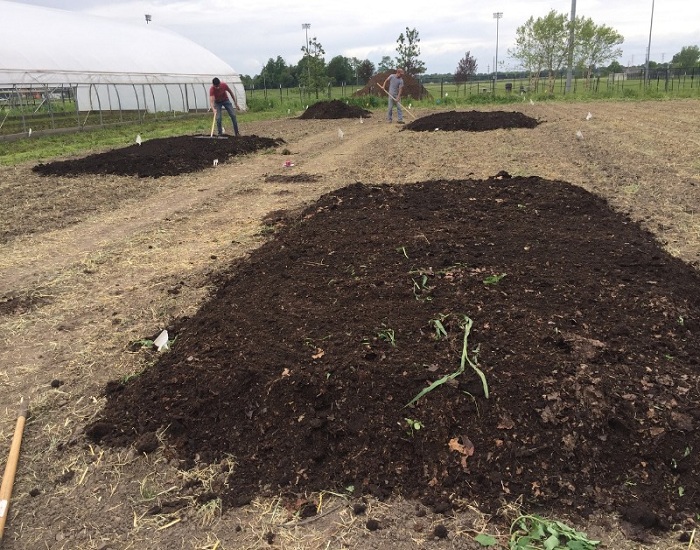
Use as mulch
While younger leaf mold (less than two years old) won’t be completely decomposed, it can still be used as a surface mulch to reduce weeds and enhance soil quality. Spread it out to a depth of 5–10 centimeters (2–4 inches) around mature evergreens and fruit trees.
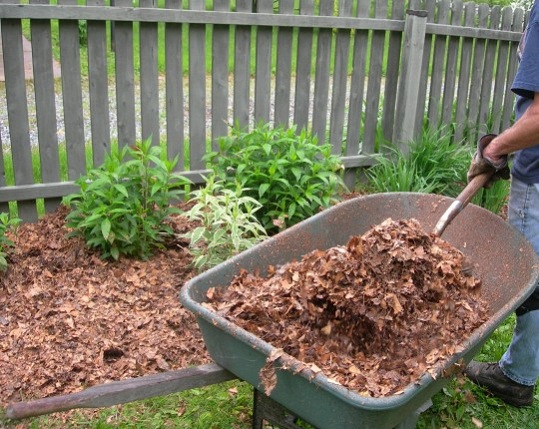
In potting soil mix
The best leaf mold can be used to make potting soil in the garden. Weed it and sieve it before combining it with weed-free garden soil or sieved compost. Put it to use when starting seedlings in containers or transplanting young plants.
